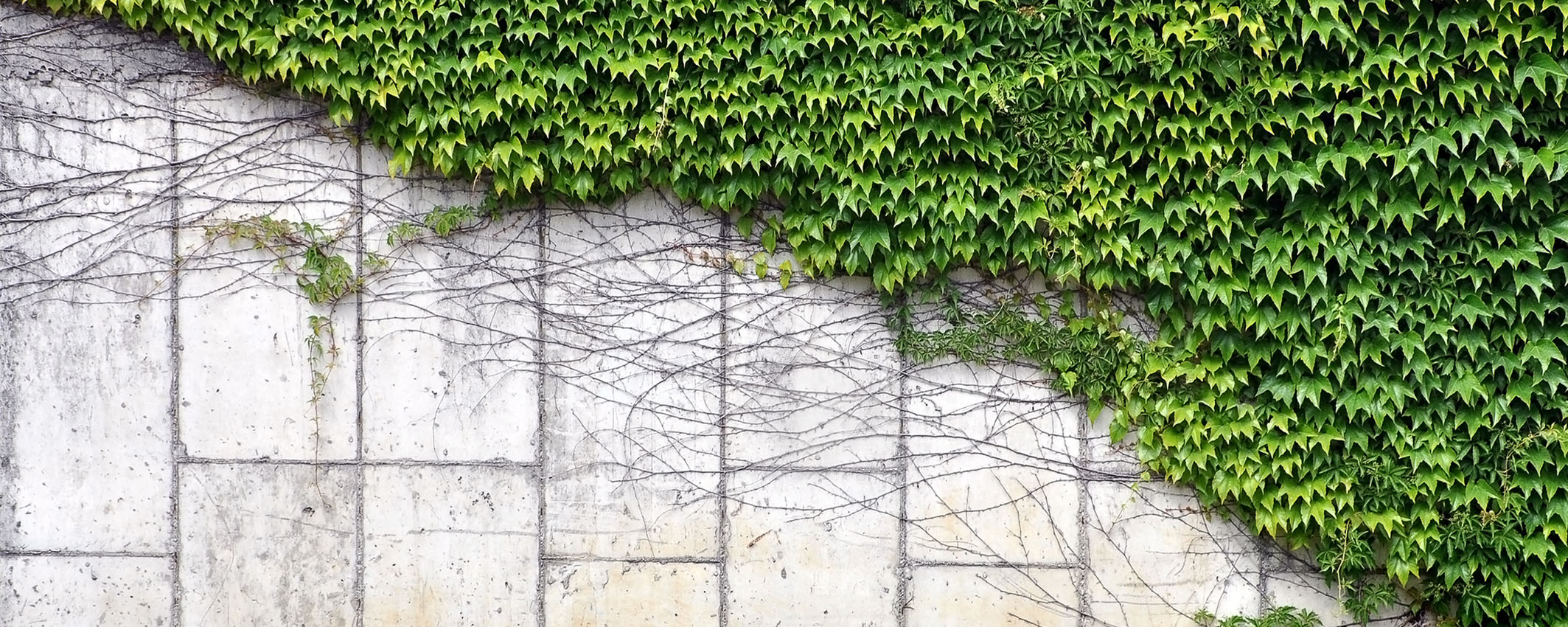 |
CCHU9058 Arts and HumanitiesNature in the City: Beyond the Concrete JungleThis course is under the thematic cluster(s) of:
|
[This is a certified Communication-intensive (CI) Course which meets all of the requirements endorsed by HKU’s Senate, including (i) the teaching and assessment of written, visual and digital communication ‘literacies’; and (ii) at least 40% of the course grade assigned to communication-rich assessment tasks.]
Course Description
Nature and the city are frequently, but not always, in conflict. This course explores our relationship with the natural environment using the urban built infrastructure, cultural habits and traditions, and the creative arts to provide a framework for the students’ exploration of the intersection between the natural world and our urban environment
- Survey – The human relationship with nature in the urban context:
First, we will look for evidence of nature in the city, at different scales, and observe both our attempts to replicate or enhance nature and our attempts to exclude or suppress it (both of which are often unsuccessful).
- Analysis – How that relationship influences the form of the city:
We will then critically explore the relationship between development and nature in the urban context, using an understanding of natural laws to investigate how cultural traditions, perceptions, and meanings, and the realities of urban infrastructure, lifestyle and economics, complement or flout those laws.
- Design – Using an understanding of that relationship as a basis for articulating issues and ideas:
Finally, we will apply our observations and understanding of nature in the city to develop techniques, analyses, and metaphors, to illustrate and communicate issues related to other disciplines and to a variety of public stakeholders.
The course assignments include the production of a group video and a metaphorical poster, however artistic experience or ability is not a pre-requisite of the course. Support and guidance for these elements will be provided as part of the course lectures, tutorials and demonstrations.

Course Learning Outcomes
On completing the course, students will be able to:
- Understand issues related to nature in the city, the historical relationship between human activity and nature in the urban context, and the spectrum between ‘artificial’ and ‘natural’ and articulate the complex relationship through written forms.
- Articulate the contradictions and expectations in the relationship between us and nature and present them visually.
- Demonstrate how to contextualize these understandings in the students own disciplinary studies, using metaphor, analogies and illustrative skills through visual forms e.g. metaphorical.
Offer Semester and Day of Teaching
Summer Semester
Jun 30 – Jul 25 (Tue & Thu), 10:00 am – 12:50 pm
[First lecture will be on Jun 30 (Mon); no class on Jul 1]
Study Load
| Activities | Number of hours |
| Lectures | 16 |
| Tutorials | 8 |
| Fieldwork / Visits | 3 |
| Demonstration | 3 |
| Interactive games | 3 |
| Peer evaluation | 3 |
| Reading / Self-study | 10 |
| Assessment: Essay / Report writing | 30 |
| Assessment: Group video production and presenation | 20 |
| Assessment: Poster | 40 |
| Total: | 136 |
Assessment: 100% coursework
| Assessment Tasks | Weighting |
| Tutorial participation | 10 |
| Group video presentation | 20 |
| Individual assessment: Written opinion piece | 30 |
| Poster | 40 |
Required Reading
- Altman, I., & Chemers, M. M. (1980). Culture and environment. Brooks/Cole Publishing Company. [Chap. 2]
- Coulthard, S. (2020). A Short History of the World According to Sheep. Head of Zeus Limited, London.
- Cronon, W. (1996). Uncommon ground: Rethinking the human place in nature. W.W. Norton & Company. [Introduction]
- Ennos, R. (2020). Our Most Useful Material and the Construction of Civilization, The Age of Wood. Scribner, Simon and Schuster, Inc, New York.
- Hageneder, F. (2001). The heritage of trees, history, culture and symbolism. Edinburgh: Floris Books.
- Lima, M. (2014). The book of trees: Visualizing branches of knowledge. New York: Princeton Architectural Press.
- McHarg, I. L. (1964). The place of nature in the city of man. The Annals of the American Academy of Political and Social Science, 352(1), 1-12.
- Swyngedouw, E., & Kaika, M. (2000). The environment of the city … or the urbanization of nature. In G. Bridge & S. Watson (Eds.), A Companion to the City, pp. 567-580. Oxford: Blackwell.
- Wang, S. (Ed.) (2015). Look at Me! New Poster Design. Sandu Publishing Co., Ltd.
- Weisman, W. (2007). The world without us. Thomas Dunne Books, St. Martin’s Press, New York. [Chaps. 3, 7]
- Wilson, B. (2023). Urban Jungle, The History and Future of Nature in the City. Vintage, Penguin Random House UK.
Websites
Course Co-ordinator and Teacher(s)
| Course Co-ordinator | Contact |
| Mr G.S. Coates Department of Architecture, Faculty of Architecture |
Tel: 3917 5140 Email: gscoates@hku.hk |
| Teacher(s) | Contact |
| Mr G.S. Coates Department of Architecture, Faculty of Architecture |
Tel: 3917 5140 Email: gscoates@hku.hk |
| Professor I.A. Valin Department of Architecture, Faculty of Architecture |
Tel: 3917 5323 Email: ivalin@hku.hk |

